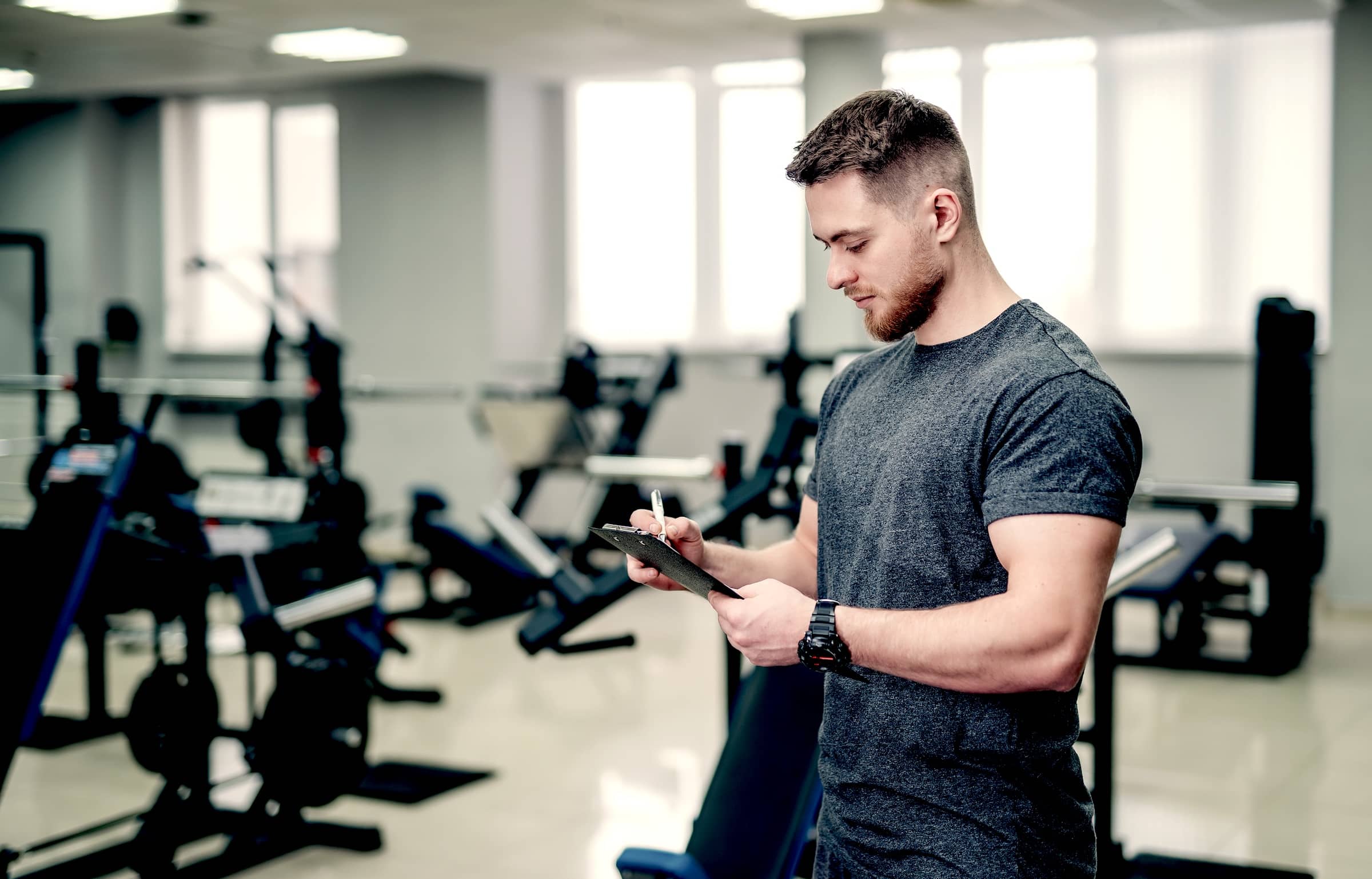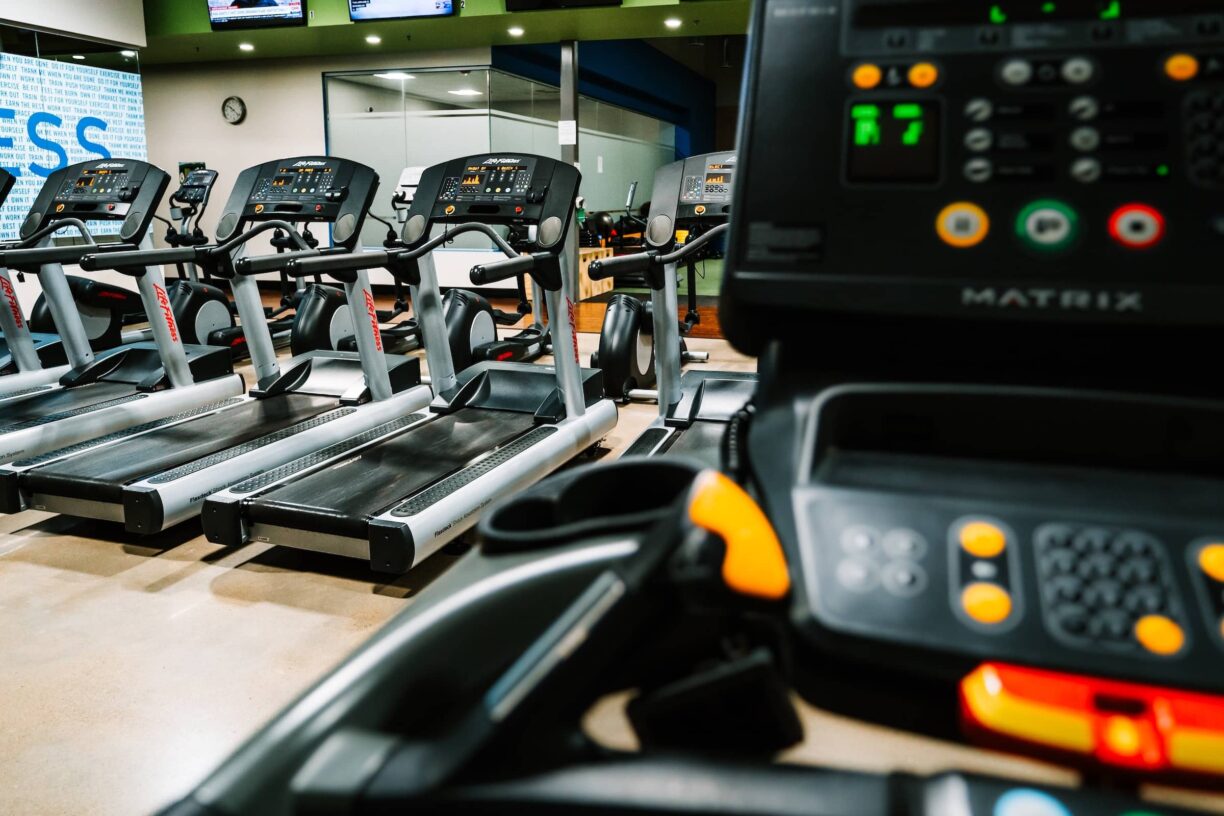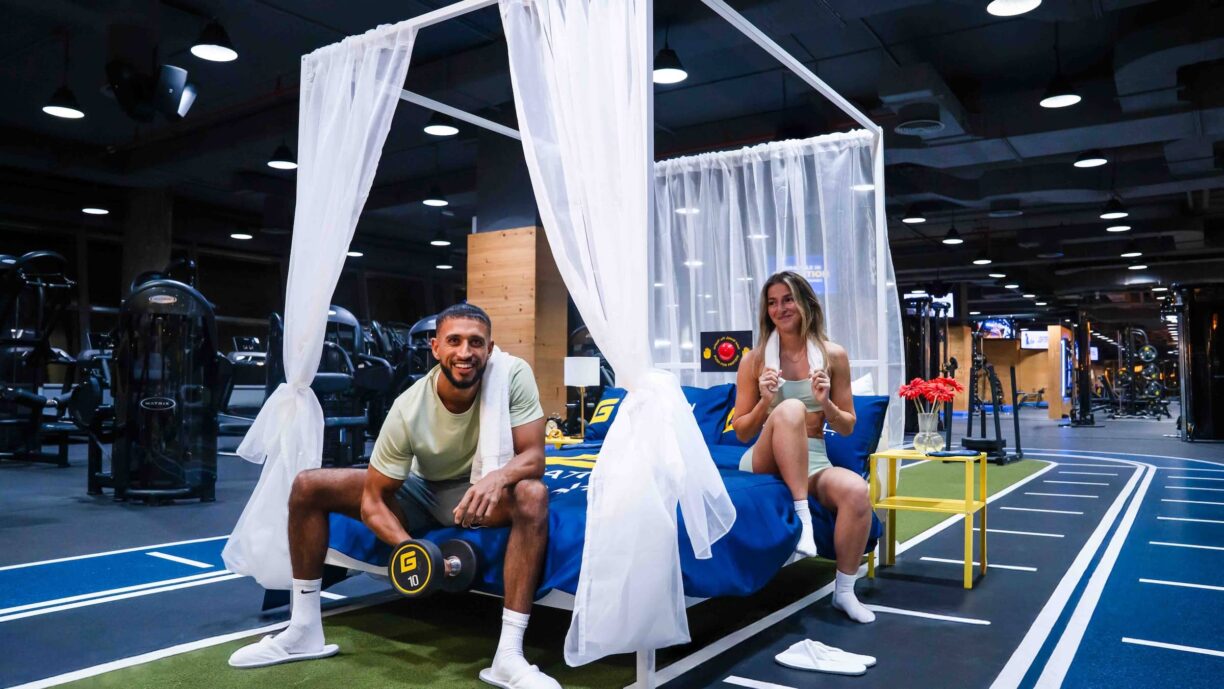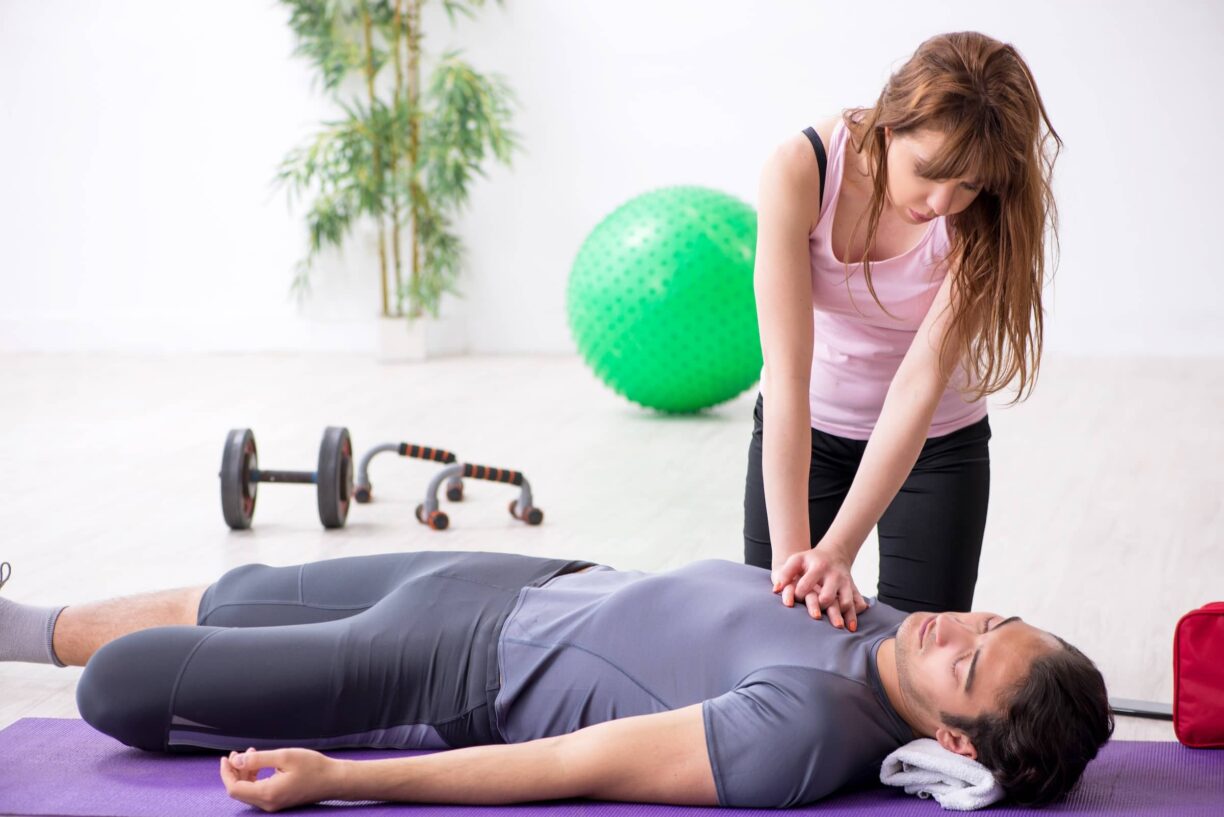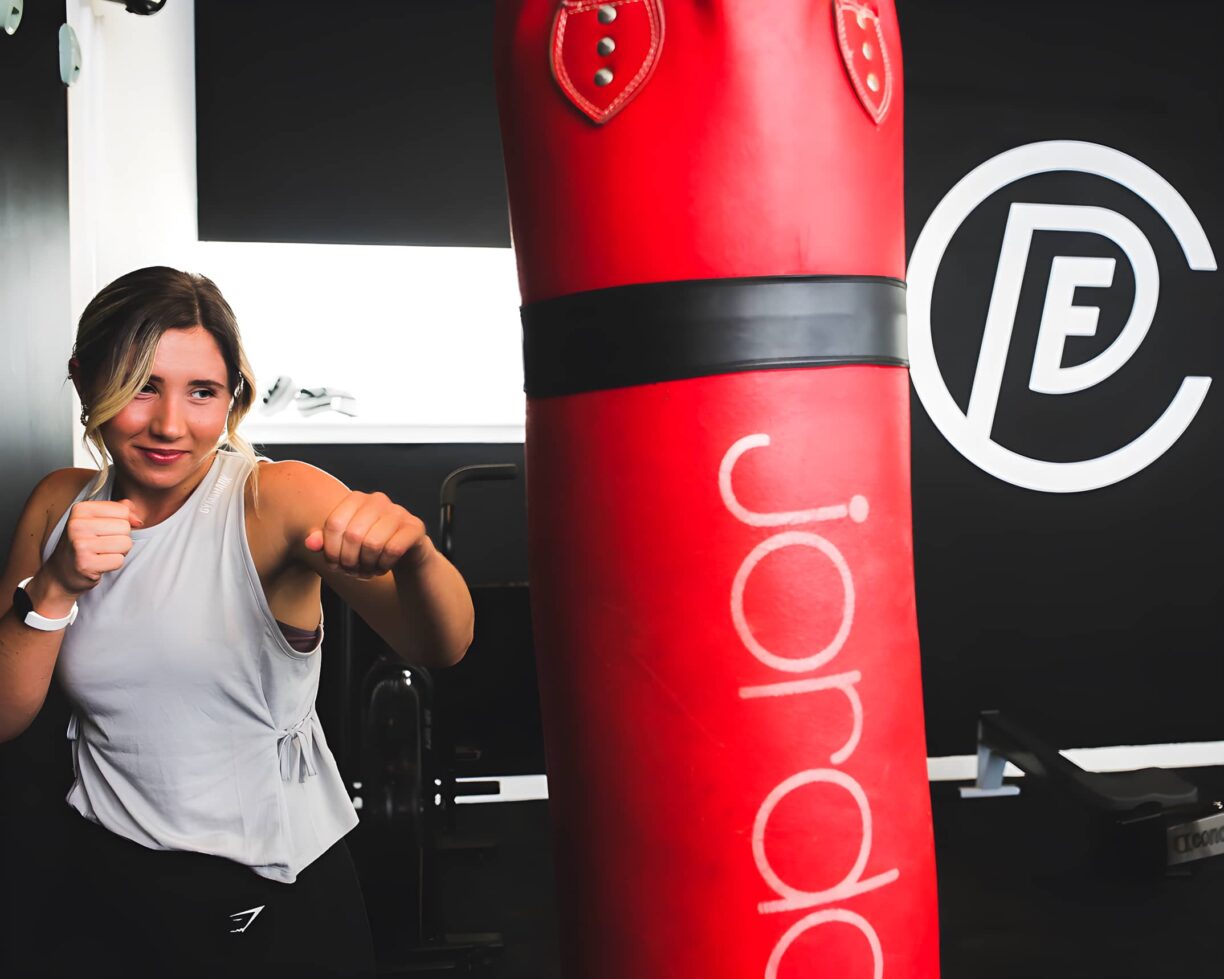Running a gym, contrary to what Instagram might suggest, isn’t just about flexing in front of a mirror or selling overpriced smoothies. It’s about curating a space that feels like a second home for its members—one where safety, cleanliness, and professionalism are as routine as reps and sets. And in a world where expectations (and legal liabilities) are higher than ever, running a gym that meets top-tier standards is more necessity than novelty.
Safety First, Lawsuits Never
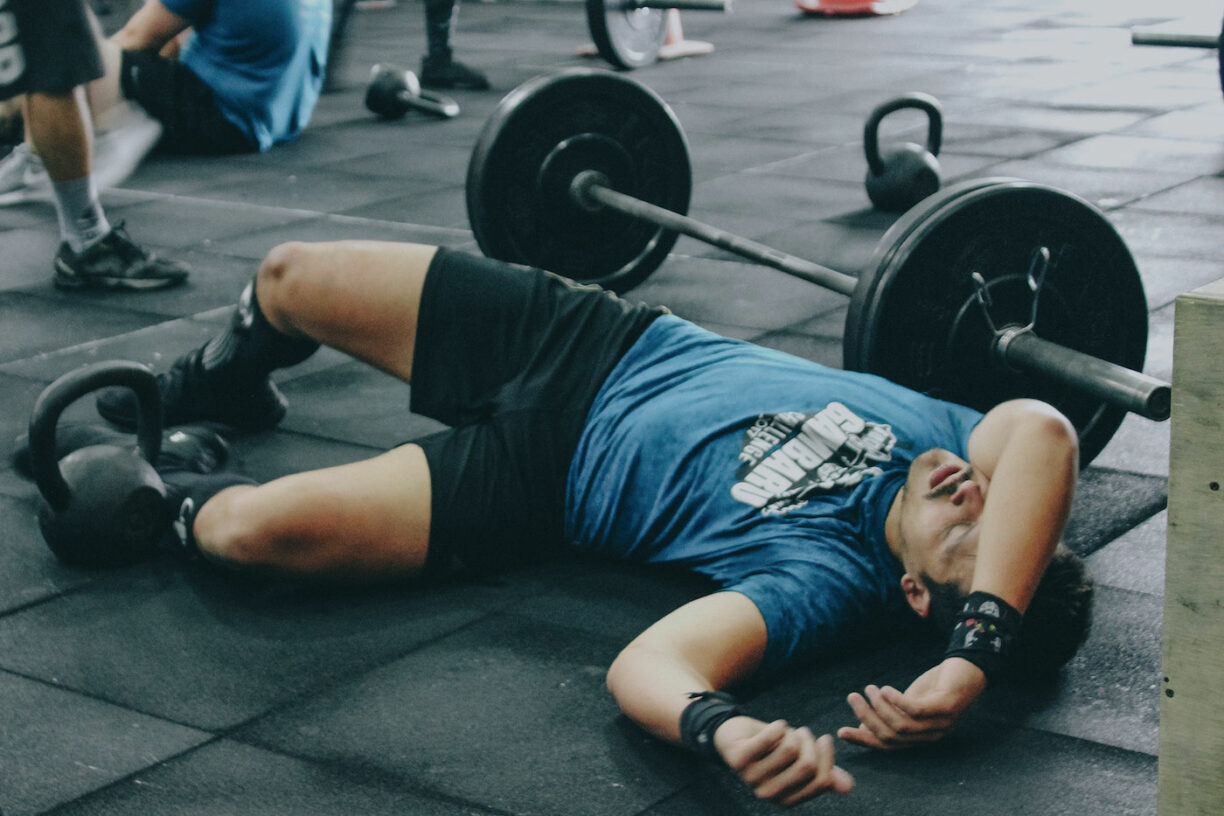
Before you get distracted rearranging dumbbells by colour, remember this: your gym is one slippery floor away from a personal injury claim. Damp locker rooms, tangled cables, rogue sweat puddles—these aren’t just inconvenient; they’re lawsuits waiting to happen.
For operators seeking to understand their liability, or members exploring compensation, expert advice on slip, trip and fall claims is an essential resource.
From locker rooms to weight areas, regular audits are a must. You need:
- Anti-slip flooring in wet zones
- Clearly marked wet floor signs
- Properly stowed equipment
- Secure cardio setups
One missed hazard and you’re not just losing members—you’re inviting court dates.
Fix Your Kit or Risk Your Credibility
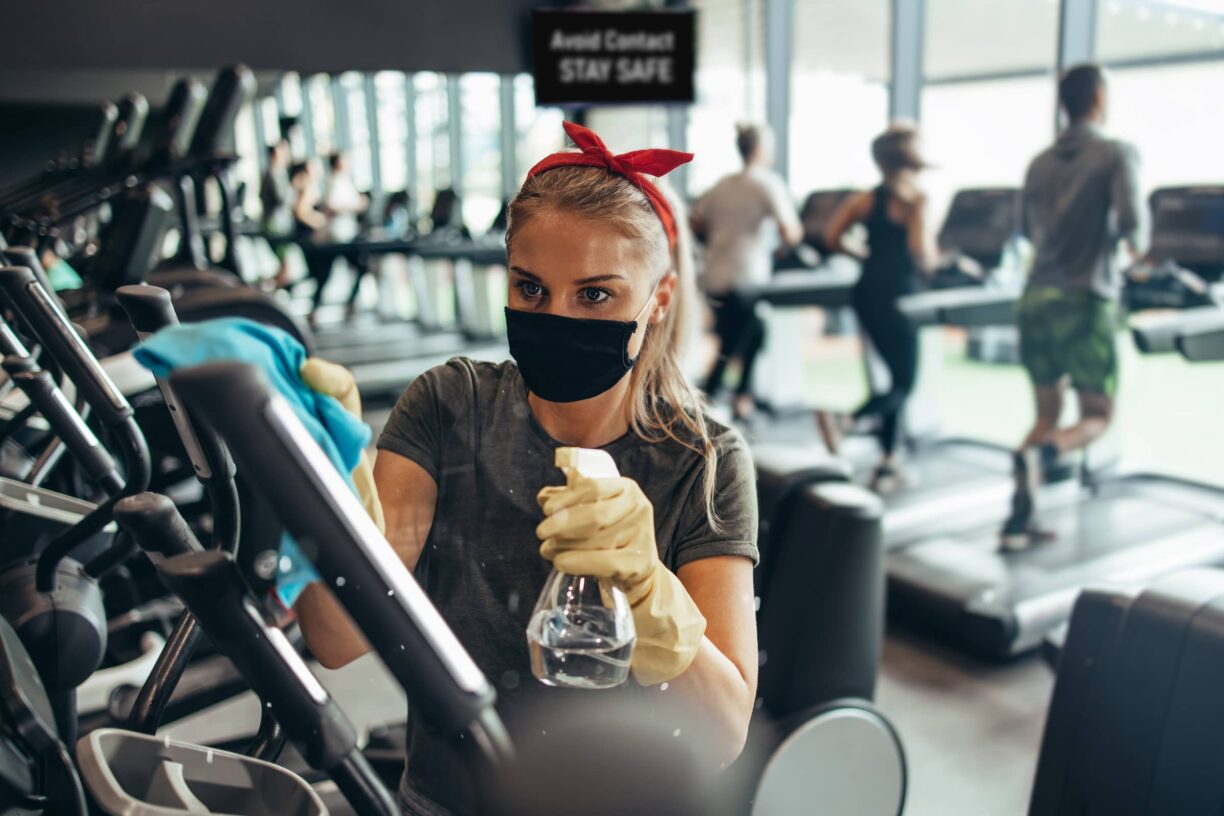
Let’s talk kit. If your treadmills sound like tractors or your mats smell like defeat, you’re not running a gym—you’re running members out the door.
Establish a maintenance regime that includes weekly inspections, quarterly professional servicing, and daily deep cleans.
And if a machine’s out of order? Say it loud, say it clear. A broken cross-trainer with no sign is how reputations—and ankles—get wrecked.
Post-pandemic, hygiene is more than just good practice—it’s a selling point. According to RunRepeat’s 2022 data, over half of gym-goers rate cleanliness as the number one factor when returning to fitness spaces. So if you’re not sanitising like it’s your religion, you’re behind.
Your People Are the Real Powerlifters
Even with the cleanest machines in town, it all falls flat if your team isn’t up to standard. Every PT should be qualified, every front-desk staffer trained in emergency procedures, and everyone on your payroll should understand they’re part of your gym’s brand. Quarterly training sessions aren’t just for compliance—they’re culture-building.
Brand It Like You Mean It
You don’t need to cover your gym in neon or blast techno at 110 decibels to feel modern. But thoughtful branding—custom table covers, smart uniforms, clean signage, and purposeful lighting—goes a long way. It creates trust, loyalty, and justifies premium pricing without the hard sell.
It’s the difference between a warehouse with treadmills and a place your members proudly tag on Instagram.
Market Like a Pro, Not a Bro
You can’t expect retention if your community doesn’t know who you are or what you stand for. Show off your standards. Tell people your trainers are REPs-certified. Share that you deep-clean daily. Post real transformations—with permission—and run events that give value before asking for memberships.
Sell the experience, not just the entrance fee.
The Final Rep
Running a gym that thrives means treating it like a living, breathing organism. One that evolves, grows, and demands constant care. It’s about more than dumbbells and day passes—it’s a promise to your members that they’re training in a space that’s safe, clean, professional, and inspiring.
Because if fitness is about progression, then so is running a gym. And the ones who nail that? They’re the ones still standing when the fads fade and the real lifters stick around.

